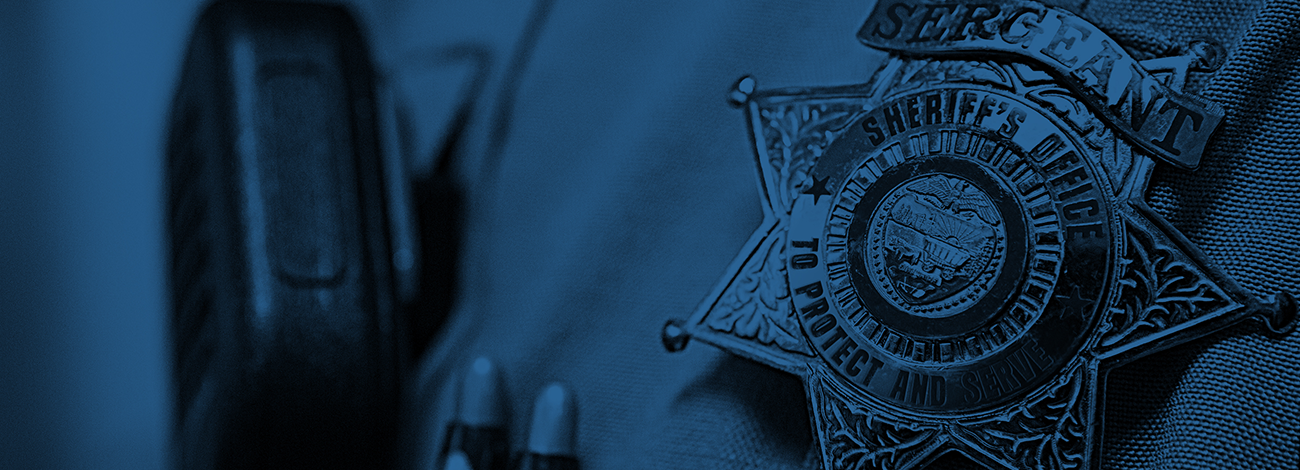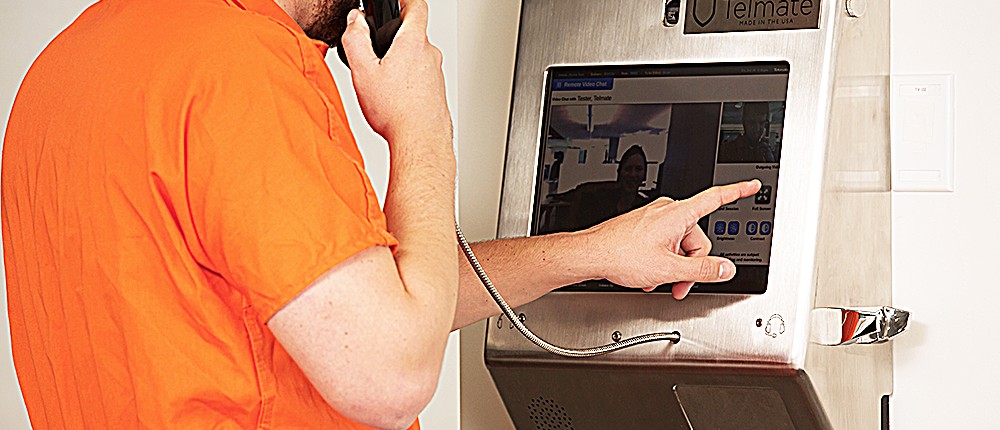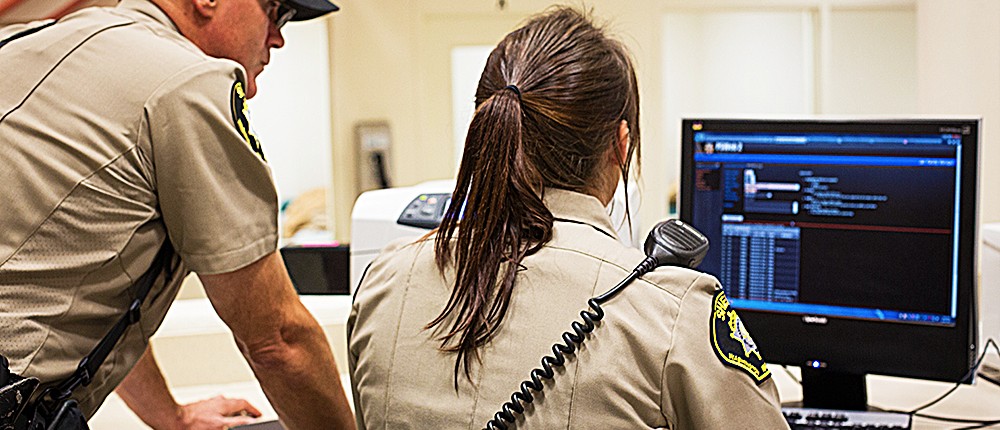A Vast Improvement over Paper, The Telmate System Electronically Handles Any Inmate Grievance, Request or P.R.E.A. report.
Changing any critical facility process can be a challenge. Telmate’s grievance and request solution addresses many of the administrative challenges posed by paper forms, and adds a few significant advantages. In addition, the Telmate offers a comprehensive reporting system and support infrastructure to route, track and archive reported PREA incidents.
The Benefits of Going Paperless
- Dramatically speed up the entire process of filing, responding to, and resolving grievances and requests.
- Put an end to the hand-delivery of notes between inmates and staff.
- No more paper. The process should end the need to file multiple copies of forms in multiple places.
- Submitted forms cannot be deleted or altered. This means that there is no longer a risk of lost forms.
- Review and resolve inmate accusations of lost or altered forms with just a few clicks.
- Unique tracking numbers are assigned from the moment a form is submitted, speeding up grievance tracking.
- Administrators may be configured to view all submitted grievances and requests from a single screen.
- Submitted forms can be contextually searched, sorted, and easily filtered by category, form or status.
- Provides an easy way for staff to forward all activity for any grievance or request to any person, such as attorneys or specialized medical staff, via email.
- Completely control the routing of filed requests to the appropriate responders.
- Complete auditing system allows administrators to view all grievance-related activity, including when inmates read responses, and what staff members viewed and responded and when.
How the Grievances & Request System Works
- Create Any Number of Inmate Request Forms Telmate’s flexible form builder allows you to create or duplicate virtually any form. Forms may be created in multiple languages and each field may be designated text, single select (such as yes/no) or checkboxes. Any question may be marked as required, and there is plenty of opportunity for instructional text and any legally required language. If you have a large number of forms, they may be grouped into logical categories, such as Medical and Legal.
- Select the Facility Staff Members You Wish to Receive Each Form For each form you may select as many or as few facility staff members you wish to designate as recipients. If they wish, each designated recipient may elect to receive a copy of each submitted form via email. Staff may also be designated as read only, which means that they can read but not respond to submitted requests.
- Inmates Select and Fill Out Forms via Touchscreen Station For inmates, filling out a form electronically is often easier and faster than filling out a paper form. The inmate selects a category, such as Medical, a form, such as Dental Issue and begins filling it out. Once submitted, the inmate is given a reference number, and may access the submitted information at any time.
- Select Facility Staff are Notified and May Respond Staff who are connected to the form that was submitted are notified via email (if they wish) and are able to view and securely respond to inmate requests from any Web-connected browser. Features include internal notes, direct response to the inmate (similar to an email response), an option to forward all information to an outside email address (like a doctor or attorney), and change the status of the submitted request from new to open or closed). UPGRADE your inmate phone system to Telmate Call or email us today to discuss how Telmate can transform your Inmate communications management system.
How the P.R.E.A. System Works
- Using any inmate phone, an inmate can leave a secured, recorded voicemail on the Telmate PREA System. Voice biometric identification is not used for reporting PREA incidents.
- The Telmate PREA response system immediately sends an email or SMS text message to each person on a predefined PREA notification list and phones the designated primary PREA responder for the current time and day.
- When the designated officer listens to the PREA reporter’s voicemail, the system automatically timestamps, dates, and stores the officer’s name with the recording. The officer may then enter notes directly into the Telmate application and list all steps taken to address the issue. Telmate records all actions, further providing a history of action for each facility.
- Alternatively, a facility may elect to connect the reporting inmate to the PREA officer directly. If this reporting method is used, Telmate records the entire conversation, further providing a chain of evidence.
- Telmate technicians will work with your facility to configure a system that works for your needs. Telmate experts are also available 24/7 for any type of assistance. The steps described here have been an integral part of the Telmate solution since 2007.
The Telmate Advantage
With Telmate, all PREA recordings in the Telmate system are digitally stored on multiple secured offsite call recording and process servers located thousands of miles apart. The system is highly redundant – calls or notes will never be lost and calls cannot be modified. The time and date the voicemail occurred is timestamped with the recording. The time and date the officer listened to the recording and any notes that were added are also timestamped. Should the inmate claim that the PREA voicemail was never addressed, these features provide a chain of evidence to support the officer and the facility.



